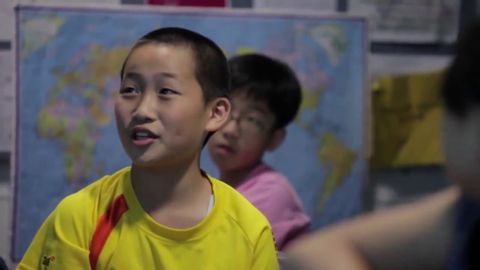
Subtitles & vocabulary
Teaching Tips 3: Questions that get students thinking
00
VoiceTube posted on 2014/12/22Save
Video vocabulary
stretch
US /strɛtʃ/
・
UK /stretʃ/
- Verb (Transitive/Intransitive)
- To make your arm, leg muscles long to ease them
- To make something bigger by pulling on it
- Noun
- Making arm, leg muscles longer to ease them
- A consecutive row of things
A2TOEIC
More want
US /wɑnt, wɔnt/
・
UK /wɔnt/
- Transitive Verb
- To desire or wish for something; hope for a thing
- Noun (Countable/Uncountable)
- Something you desire or wish for
- State or condition of poverty
A1
More critical
US /ˈkrɪtɪkəl/
・
UK /ˈkrɪtɪkl/
- Adjective
- Making a negative judgment of something
- Being important or serious; vital; dangerous
A2
More good
US /ɡʊd/
・
UK /ɡʊd/
- Adjective
- Proper, appropriate or right
- (Of an amount) enough; plenty
- Uncountable Noun
- Advantage or benefit
A1TOEIC
More Use Energy
Unlock All Vocabulary
Unlock pronunciation, explanations, and filters
